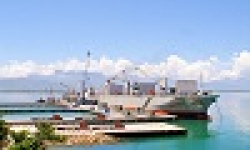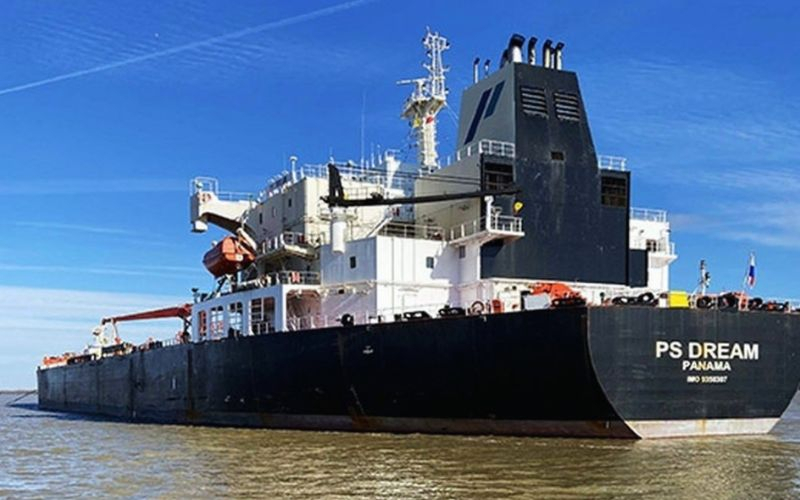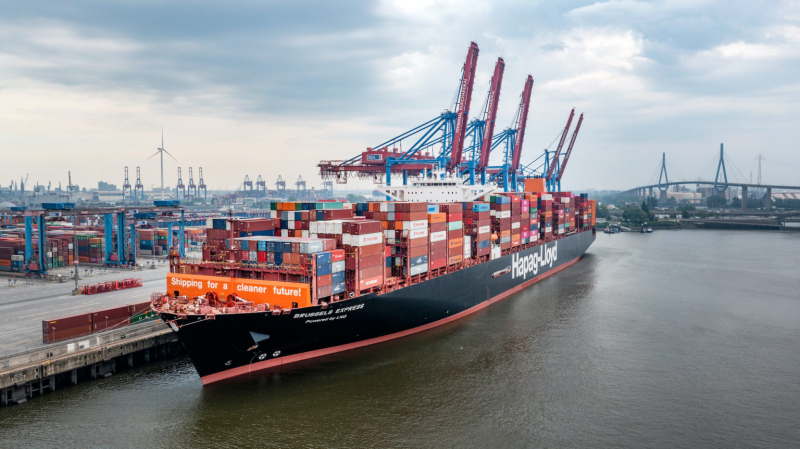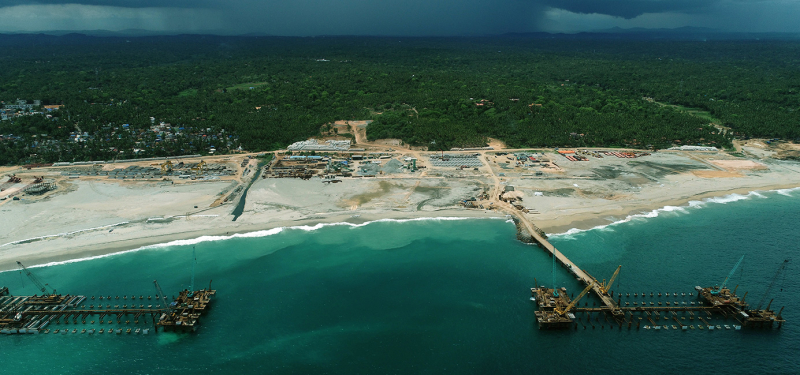
The idle container ship fleet fell to an all-time low in the first 10 months of 2024, at just over 200,000 TEUs, or less than 1% of the in-service fleet, according to Alphaliner.
Liner operators have been compelled to make use of every available vessel, as the Red Sea crisis continues. The consequent detours round the Cape of Good Hope have absorbed most of the available tonnage, as days are added to sailing times.
According to Alphaliner data, on average 0.7% of the global cellular container fleet was commercially idle from January to October. This represents less than in the equivalent 10-month period in both 2021 and 2022 when freight rates soared to historical peaks, as Covid-19 created port congestion. In those two years, the idle fleet averaged 0.9% of the fleet.
Alphaliner stated: “The figure is even more striking, given the huge growth in the cellular fleet over the past four years, which has increased from 23.7 million TEUs in October 2020 to 30.6 million TEUs today, a rise of nearly 30%.”
The average figure for the first 10 months of the year shows an overwhelming 99.3% of the cellular fleet is either commercially employed or otherwise off-hire for non-commercial reasons such as repair, maintenance or conversion.
Within this, ships of 12,500 TEUs and above are nearly 100% employed this year.
This segment has primarily catered for the additional tonnage needed to divert mainline services around the Cape of Good Hope, leading to unusually tight supply. Carriers and ship owners have also delayed non-essential drydocking for their vessels. Capacity tied up in yards from January to October averaged 3.5%, below both 2021 (3.7%) and 2022 (5.1%).





























